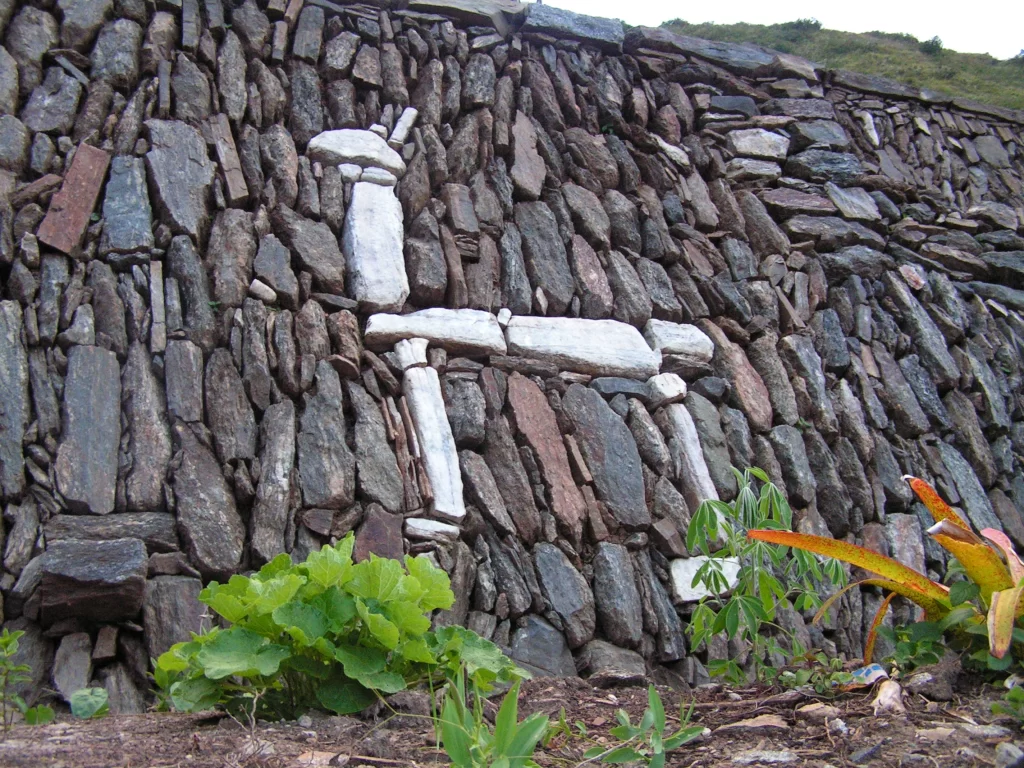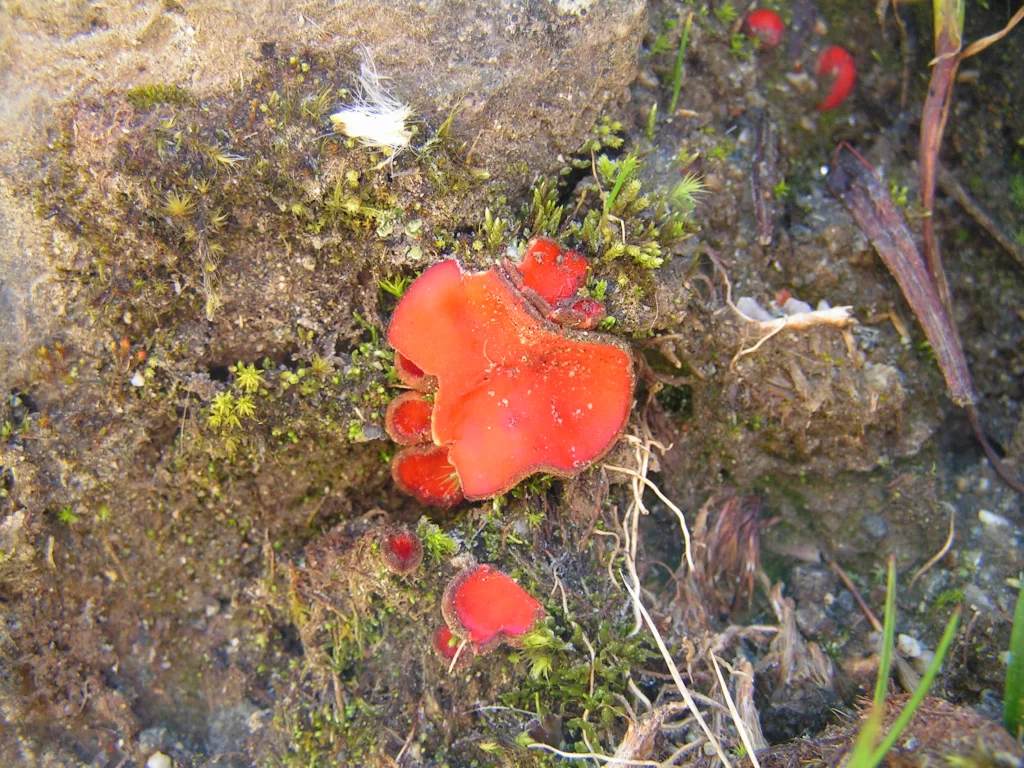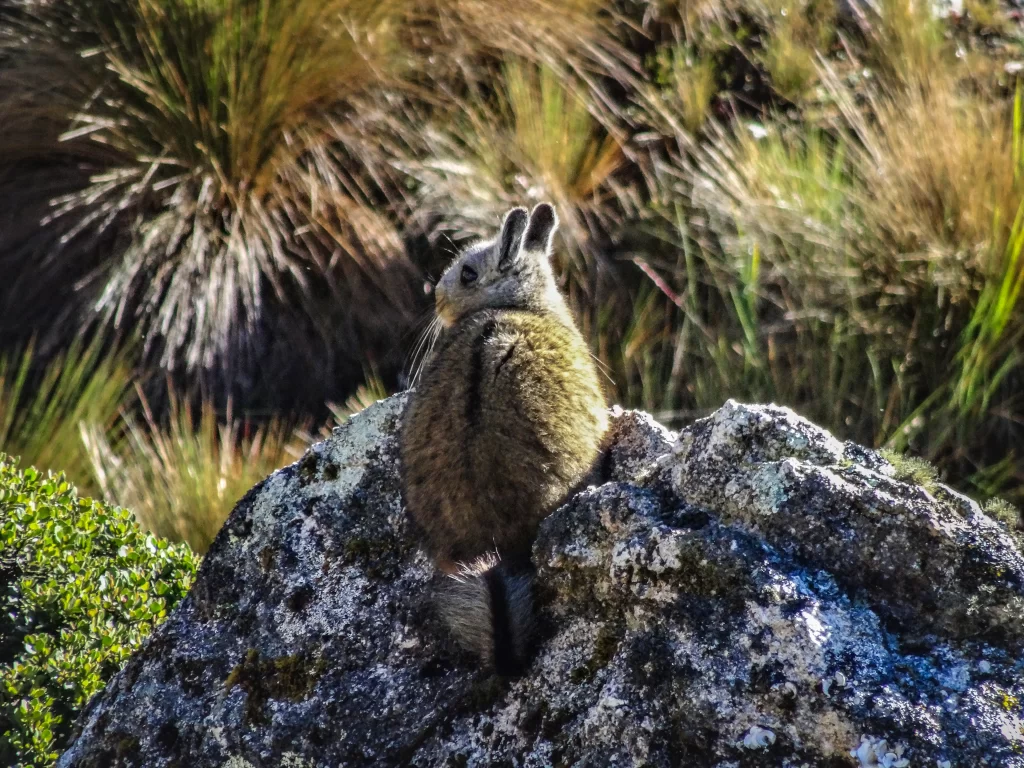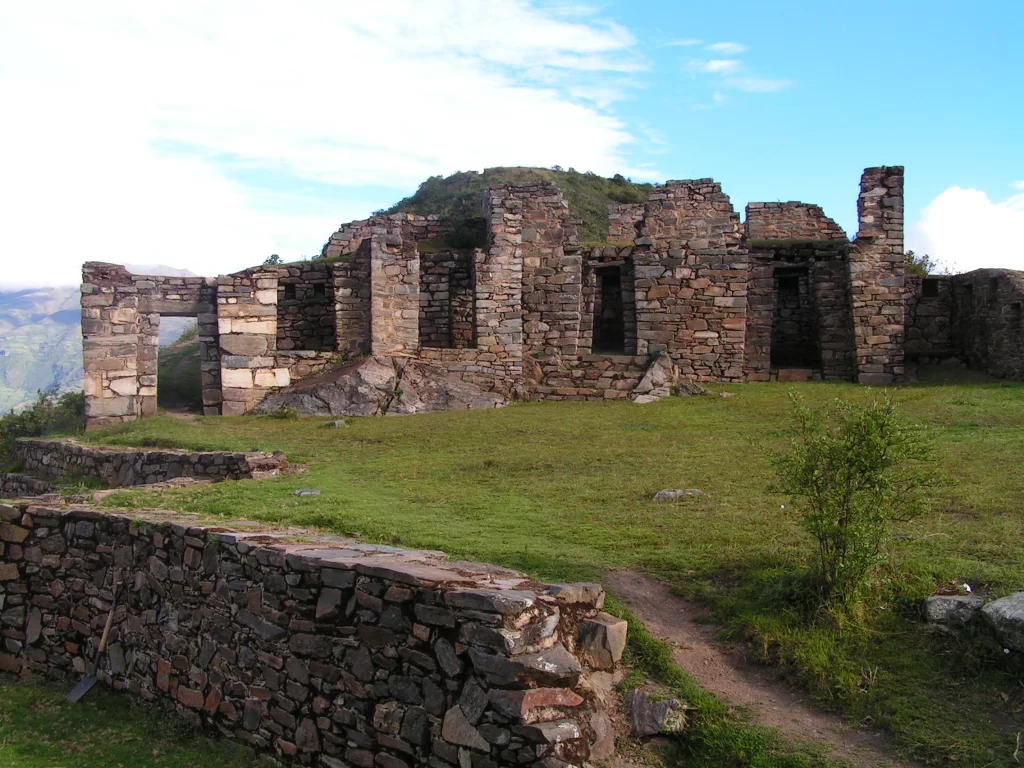We live in a world where we do not know the existence of majestic places that boast Inca fortresses of great value, one of them is the citadel of Choquequirao, the sister of the wonder of Peru, Machu Picchu.
The word Choquequirao comes from Quechua which in Spanish means "Cradle of Gold", to understand the context of the name, we have to know that the Incas used gold as part of their clothing, decorations and manufacture of ceremonial objects in honor of the sun god.
Upon arrival of the Spanish took the city of Cusco and Manco Inca chosen as leader by the Spanish revealed and commanded to take refuge in the part of the jungle, thus Vilcabamba became Inca domain, therefore, also moved to Choquequirao and today is recognized as one of the last Inca refuges..
Once the conquest ended and the last Inca died, it is believed that Choquequirao was gradually abandoned until in recent decades it began to receive more attention from archaeologists and enthusiasts.
Due to its hidden construction and out of reach of people, Choquequirao is considered a center of operations and land management strategies because it intersects several regions of Peru.
Choquequirao is located on the boundary of the departments of Cusco and Apurimac, separated by the Apurimac River that passes a thousand meters below this citadel. And although Choquequirao is located on one side of the river that still belongs to Cusco, its access is on the other side that belongs to Apurimac.
It is located at 3033 meters above sea level (9,959 feet altitude).
It is incredible to see how there can be a place so similar to the world wonder of Machu Picchu, something unusual to believe at first glance, however, in an unknown place full of mystery belonging to Cusco next to the border of other Peruvian regions you can visit an enchanting paradise.
The similarity in the style of the architectural constructions and the geography where these were founded makes both citadels are seen as separate sisters within Cusco, but one of the differences between Machu Pichu and Choquequirao is that the latter built its buildings with stones from the same place.
Each part will dazzle you with the natural beauty that you can see along the way, its attractions range from the mountains full of wild Andean flora with birds, reptiles, among some animals typical of the area to the citadel of Choquequirao.
Within the architecture of the archaeological complex, there are several sectors such as the main square, warehouses, sacred corrals, ceremonial center, temples of priests and one of its most attractive areas is its system of terraces, which has on the west side with 23 unique and original stone mosaics of the Inca culture with representation of figures in the form of llamas;
Being one of the most difficult trails to visit because of its steep roads, in addition to not having any direct transportation access to the Choquequirao fortress, the time it takes to reach the place is 4 days, so it is advisable to have good physical condition to make the journey on foot in a total distance of 64 kilometers.
The best time to make this trek to the Choquequirao architecture is in the dry season from April to October due to the absence of rain, which makes the hike more accessible.
Even being one of the longest treks, Choquequirao has along the way places of lodging and food that will make it not necessary to carry more than some fruits, snacks and a good amount of water. In the trek map above, you can see the main camping and eating places.
Leaving Capuliyoc, many people decide to spend the first night in Chiquisca, almost at the end of the descent to the river, which has a fairly large and pleasant lodge reminiscent of a country house with animals and lots of vegetation. Rooms with beds are offered here, as well as camping sites for rent. This lodge also offers lunch and drinks for those who decide to continue on their way.
Rosalina beach is the lowest point of the trek and here it is also possible to camp, although it does not have the best services. The next point, halfway up the climb to Choquequirao, is Santa Rosa, where lunch and drinks are offered, as well as tents for rent for travelers who decide to spend the night and arrive the next day to Choquequirao.
Marampata is the last point where you will find lodging and food, because in the archaeological site of Choquequirao itself, which is an hour away, there is nothing of the sort.
The village of Marampata is located at the top of the mountain and almost at the same level as Choquequirao, so most people will spend at least one night there waiting to return the next day. It is a pretty nice village, with several lodges and stores, full of flowers and with a spectacular view of the entire Apurimac canyon.






